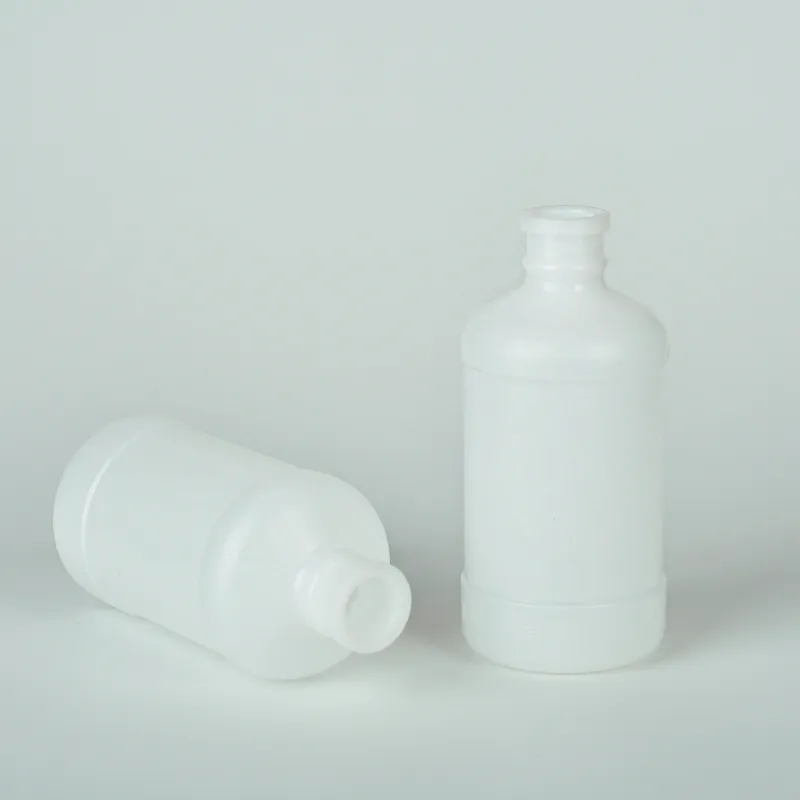
-
 Afrikaans
Afrikaans -
 Albanian
Albanian -
 Amharic
Amharic -
 Arabic
Arabic -
 Armenian
Armenian -
 Azerbaijani
Azerbaijani -
 Basque
Basque -
 Belarusian
Belarusian -
 Bengali
Bengali -
 Bosnian
Bosnian -
 Bulgarian
Bulgarian -
 Catalan
Catalan -
 Cebuano
Cebuano -
 Corsican
Corsican -
 Croatian
Croatian -
 Czech
Czech -
 Danish
Danish -
 Dutch
Dutch -
 English
English -
 Esperanto
Esperanto -
 Estonian
Estonian -
 Finnish
Finnish -
 French
French -
 Frisian
Frisian -
 Galician
Galician -
 Georgian
Georgian -
 German
German -
 Greek
Greek -
 Gujarati
Gujarati -
 Haitian Creole
Haitian Creole -
 hausa
hausa -
 hawaiian
hawaiian -
 Hebrew
Hebrew -
 Hindi
Hindi -
 Miao
Miao -
 Hungarian
Hungarian -
 Icelandic
Icelandic -
 igbo
igbo -
 Indonesian
Indonesian -
 irish
irish -
 Italian
Italian -
 Japanese
Japanese -
 Javanese
Javanese -
 Kannada
Kannada -
 kazakh
kazakh -
 Khmer
Khmer -
 Rwandese
Rwandese -
 Korean
Korean -
 Kurdish
Kurdish -
 Kyrgyz
Kyrgyz -
 Lao
Lao -
 Latin
Latin -
 Latvian
Latvian -
 Lithuanian
Lithuanian -
 Luxembourgish
Luxembourgish -
 Macedonian
Macedonian -
 Malgashi
Malgashi -
 Malay
Malay -
 Malayalam
Malayalam -
 Maltese
Maltese -
 Maori
Maori -
 Marathi
Marathi -
 Mongolian
Mongolian -
 Myanmar
Myanmar -
 Nepali
Nepali -
 Norwegian
Norwegian -
 Norwegian
Norwegian -
 Occitan
Occitan -
 Pashto
Pashto -
 Persian
Persian -
 Polish
Polish -
 Portuguese
Portuguese -
 Punjabi
Punjabi -
 Romanian
Romanian -
 Russian
Russian -
 Samoan
Samoan -
 Scottish Gaelic
Scottish Gaelic -
 Serbian
Serbian -
 Sesotho
Sesotho -
 Shona
Shona -
 Sindhi
Sindhi -
 Sinhala
Sinhala -
 Slovak
Slovak -
 Slovenian
Slovenian -
 Somali
Somali -
 Spanish
Spanish -
 Sundanese
Sundanese -
 Swahili
Swahili -
 Swedish
Swedish -
 Tagalog
Tagalog -
 Tajik
Tajik -
 Tamil
Tamil -
 Tatar
Tatar -
 Telugu
Telugu -
 Thai
Thai -
 Turkish
Turkish -
 Turkmen
Turkmen -
 Ukrainian
Ukrainian -
 Urdu
Urdu -
 Uighur
Uighur -
 Uzbek
Uzbek -
 Vietnamese
Vietnamese -
 Welsh
Welsh -
 Bantu
Bantu -
 Yiddish
Yiddish -
 Yoruba
Yoruba -
 Zulu
Zulu
reagent bottle function in laboratory
The Function of Reagent Bottles in Laboratory Settings
In the realm of scientific research, the importance of organization and precise handling of chemicals cannot be overstated. One of the most essential tools in any laboratory is the reagent bottle. These containers serve a multitude of functions that are crucial for ensuring safety, maintaining the integrity of chemical substances, and facilitating efficient laboratory practices.
Storage of Chemicals
Reagent bottles are primarily designed for the storage of various chemicals used in experiments and procedures. They come in different shapes, sizes, and materials, and are specifically manufactured to suit the needs of the substances they contain. For example, glass reagent bottles are commonly used for acids and bases due to their resistance to corrosion and ability to withstand a wide range of temperatures. On the other hand, plastic bottles may be used for less reactive compounds. This tailored approach to storage ensures that the chemicals remain stable and do not undergo degradation or contamination, which could compromise experimental results.
Labeling and Identification
Another critical function of reagent bottles is the ability to clearly label and identify the contents within. Proper labeling is essential for maintaining safety in the laboratory, as it helps prevent accidental misuse or mixing of incompatible substances. A typical label will include the name of the chemical, concentration, hazard symbols, and the date of receipt or opening. This information assists researchers in quickly assessing the reagents available at their disposal and is crucial for adhering to safety protocols. Effective labeling also ensures that materials are handled and disposed of correctly, minimizing the risks associated with hazardous chemicals.
Safety Measures
reagent bottle function in laboratory

The design of reagent bottles often incorporates safety features that play a vital role in laboratory practices. For instance, many bottles come equipped with secure screw caps or stoppers that prevent leaks and spillage, reducing the risk of chemical exposure and environmental contamination. Additionally, some reagent bottles are fitted with secondary containment features to catch any accidental spills. The use of inert materials and the appropriate sealing mechanisms enhances safety, making it easier for scientists to handle potentially harmful substances with confidence.
Facilitating Experimental Procedures
Reagent bottles also facilitate streamlined experimental procedures. They are designed for easy pouring and dispensing, which is important for achieving accurate measurements. Some bottles include specially designed dispensers or droppers that allow researchers to control the amount of reagent being used, thus minimizing waste and ensuring precision. This functionality is especially important in quantitative experiments where the accuracy of each measurement can significantly affect the outcome of the research.
Regulatory Compliance
In many countries, laboratories must adhere to strict regulations regarding the storage and handling of chemicals. Reagent bottles assist in compliance with these regulations by providing a method for proper storage and disposal of hazardous substances. By following guidelines for labeling, storage, and utilization of reagent bottles, laboratories can ensure that they meet regulatory standards, thereby protecting both employees and the environment.
Conclusion
In conclusion, reagent bottles serve critical functions in laboratory settings that extend beyond mere storage. They are integral to maintaining safety, facilitating accurate experimental procedures, and ensuring compliance with regulatory standards. By understanding and utilizing these bottles effectively, laboratory personnel can enhance their research capabilities while safeguarding their health and the environment. As scientific inquiry continues to advance, the role of reagent bottles will remain indispensable in helping researchers navigate the complexities of chemical experimentation.
-
Premium Metal Dropper Bottle for Precise Dispensing 250ml & 1ml Options AvailableNewsJul.04,2025
-
20 ml Headspace Vials - High Quality Polyethylene & Plastic Vials for Lab UseNewsJul.04,2025
-
Small Bottle with Pipette - Precise Dispensing 100ml Pipette Bottles for Essential Oils & Lab UseNewsJun.24,2025
-
Acetic Anhydride Bottle for Accurate Dropper Measurement in Pharmacy Use High-Quality Dropper BottlesNewsJun.10,2025
-
Innovative PET Bottle Design for Juice – Unique Shapes & Customization OptionsNewsJun.10,2025
-
20 Pack Sterilized Petri Dishes – Assorted Sizes, High Quality Small Plastic Petri Dishes for Lab UseNewsJun.10,2025






















